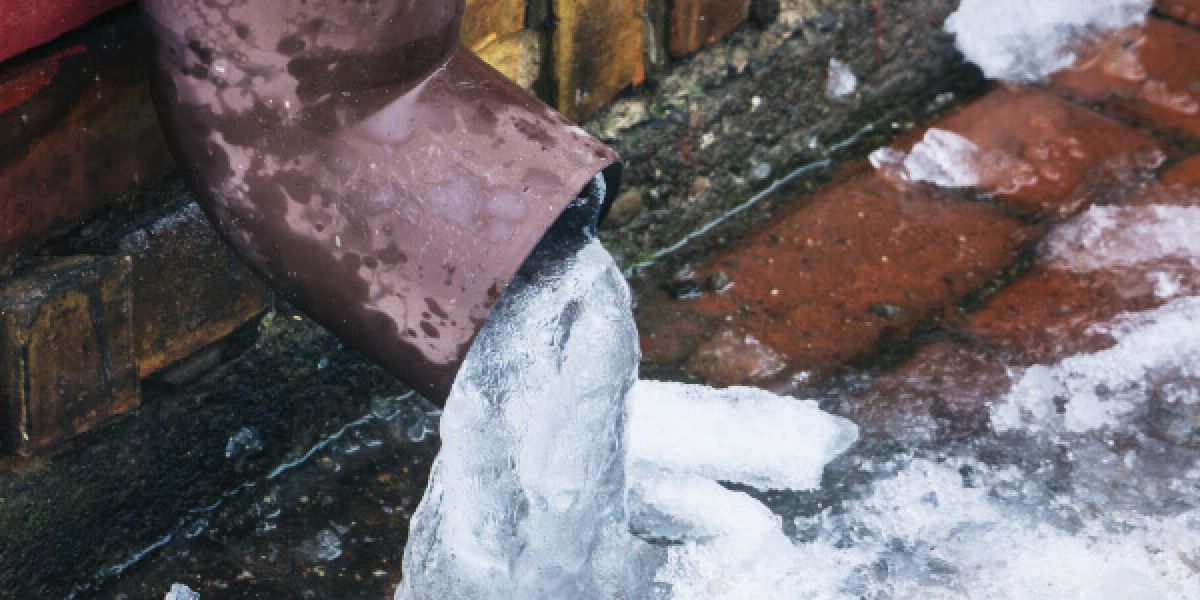Are you in search of details on 6 Ways to Prevent Frozen Pipes?

Winter can wreak havoc on your pipes, particularly by freezing pipes. Right here's just how to prevent it from taking place and what to do if it does.
Introduction
As temperature levels drop, the threat of frozen pipes rises, potentially causing expensive repair services and water damage. Recognizing just how to prevent frozen pipelines is critical for homeowners in cold climates.
Comprehending Frozen Pipes
What creates pipelines to ice up?
Pipelines freeze when subjected to temperatures below 32 ° F (0 ° C) for extended durations. As water inside the pipelines ices up, it expands, putting pressure on the pipeline walls and possibly triggering them to burst.
Dangers and damages
Icy pipes can lead to supply of water disturbances, building damage, and expensive repair services. Burst pipelines can flooding homes and create substantial architectural damages.
Signs of Frozen Piping
Identifying icy pipelines early can avoid them from bursting.
Exactly how to determine icy pipes
Seek reduced water circulation from faucets, uncommon odors or sounds from pipes, and visible frost on subjected pipelines.
Prevention Tips
Protecting at risk pipes
Cover pipelines in insulation sleeves or use warm tape to shield them from freezing temperatures. Concentrate on pipes in unheated or exterior locations of the home.
Home heating strategies
Keep interior spaces appropriately heated, especially locations with pipes. Open up closet doors to permit cozy air to circulate around pipelines under sinks.
Protecting Outdoor Plumbing
Garden hose pipes and outdoor taps
Separate and drain yard pipes before winter months. Set up frost-proof faucets or cover outside faucets with shielded caps.
What to Do If Your Pipes Freeze
Immediate activities to take
If you think icy pipes, keep taps open to soothe pressure as the ice thaws. Utilize a hairdryer or towels taken in hot water to thaw pipes slowly.
Long-Term Solutions
Architectural changes
Consider rerouting pipes far from outside wall surfaces or unheated locations. Add added insulation to attic rooms, cellars, and crawl spaces.
Updating insulation
Purchase top quality insulation for pipelines, attics, and walls. Appropriate insulation aids maintain constant temperature levels and decreases the danger of icy pipelines.
Conclusion
Avoiding icy pipes requires positive procedures and fast feedbacks. By understanding the causes, signs, and preventive measures, property owners can secure their pipes throughout winter.
5 Ways to Prevent Frozen Pipes
Drain Outdoor Faucets and Disconnect Hoses
First, close the shut-off valve that controls the flow of water in the pipe to your outdoor faucet. Then, head outside to disconnect and drain your hose and open the outdoor faucet to allow the water to completely drain out of the line. Turn off the faucet when done. Finally, head back to the shut-off valve and drain the remaining water inside the pipe into a bucket or container. Additionally, if you have a home irrigation system, you should consider hiring an expert to clear the system of water each year.
Insulate Pipes
One of the best and most cost-effective methods for preventing frozen water pipes is to wrap your pipes with insulation. This is especially important for areas in your home that aren’t exposed to heat, such as an attic. We suggest using foam sleeves, which can typically be found at your local hardware store.
Keep Heat Running at 65
Your pipes are located inside your walls, and the temperature there is much colder than the rest of the house. To prevent your pipes from freezing, The Insurance Information Institute suggests that you keep your home heated to at least 65 degrees, even when traveling. You may want to invest in smart devices that can keep an eye on the temperature in your home while you’re away.
Leave Water Dripping
Moving water — even a small trickle — can prevent ice from forming inside your pipes. When freezing temps are imminent, start a drip of water from all faucets that serve exposed pipes. Leaving a few faucets running will also help relieve pressure inside the pipes and help prevent a rupture if the water inside freezes.
Open Cupboard Doors
Warm your kitchen and bathroom pipes by opening cupboards and vanities. You should also leave your interior doors ajar to help warm air circulate evenly throughout your home.

I ran across that blog post on How To Avoid Freezing Pipes when perusing the search engines. Make sure you set aside a second to promote this write-up if you enjoyed reading it. Thanks for going through it.
Maintenance Sign-Up